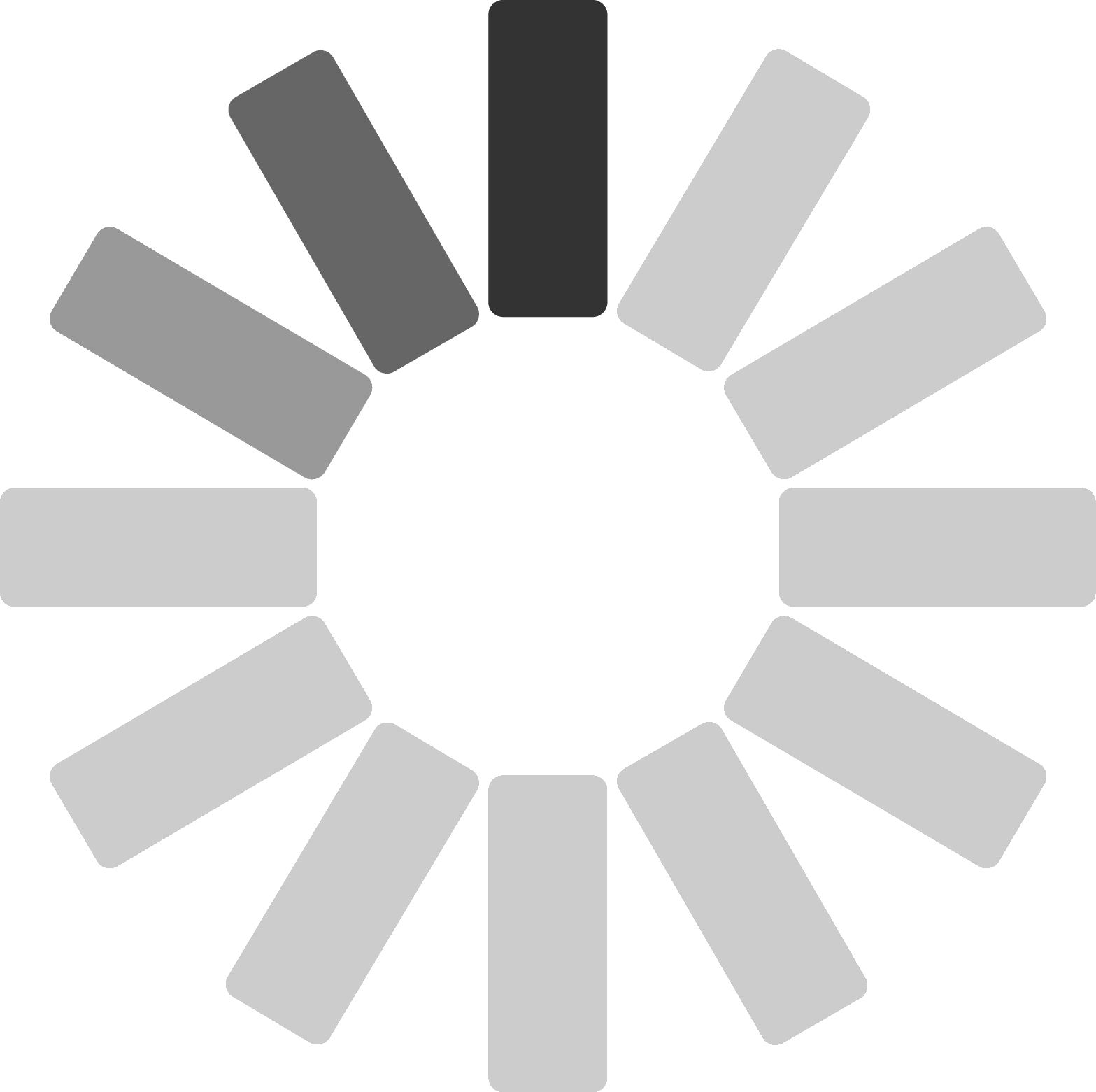- HOME
- GAMES
- WORD GAMES
- ELECTRICAL ENERGY WORDS
×
Change Avatar
Electrical Energy Words
console:
Electrical Energy Words
Play Turtle Diary's Electrical Energy Words game. It is just one of many exciting and interactive science games on Turtle Diary
| Words | Meaning | Example |
|---|---|---|
| Electricity | A form of energy resulting from the movement of charged particles, typically electrons. | Electricity powers our homes and electronics. |
| Current | The flow of electric charge, usually in the form of electrons through a conductor. | An electric current flows through the wires in your home's electrical system. |
| Voltage | The electric potential difference that causes current to flow between two points in an electrical circuit. | High-voltage lines transmit electricity over long distances. |
| Resistance | The opposition to the flow of electric current, often measured in ohms. | A resistor in an electrical circuit limits the flow of current. |
| Circuit | A closed path through which electric current can flow, typically composed of wires and components. | A light switch completes an electrical circuit, allowing current to flow to the bulb. |
| Conductor | A material that allows electric charge to flow easily through it, such as copper or aluminum. | Copper is a common conductor used in electrical wiring. |
| Insulator | A material that resists the flow of electric charge, such as rubber or plastic. | Electrical wires are often covered with insulating material to prevent shocks. |
| Generator | A device that converts mechanical energy into electrical energy, often using a rotating coil and magnets. | A hydroelectric generator produces electricity from the flow of water. |
| Transformer | A device that changes the voltage of an alternating current, often used in power distribution. | Transformers are essential for stepping up or stepping down voltage in the electrical grid. |
| Watt | The unit of measurement for electrical power, equal to one joule per second. | A 100-watt light bulb consumes more power than a 60-watt bulb. |
| AC (Alternating Current) | An electric current that reverses direction periodically, commonly used in homes and businesses. | Most household appliances operate on AC power. |
| DC (Direct Current) | An electric current that flows in one direction, often used in batteries. | Batteries provide DC power to portable devices like smartphones. |
| Ohm's Law | A fundamental principle in electrical engineering that relates voltage, current, and resistance. | Ohm's Law states that V (voltage) = I (current) × R (resistance). |
| Circuit Breaker | A safety device that automatically interrupts the flow of current in an electrical circuit when overloaded. | A circuit breaker trips to prevent electrical fires during a short circuit. |
| Capacitor | An electronic component that stores and releases electrical energy in a circuit. | Capacitors are used in electronic devices to regulate voltage. |
| Diode | An electronic component that allows current to flow in one direction only. | Diodes are commonly used in rectifiers to convert AC to DC. |
| Resistor | An electronic component that limits the flow of current in a circuit. | Resistors are used to control the intensity of light in an LED display. |
| Electrode | A conductor through which an electric current enters or exits an electrolyte or an electronic component. | Electrodes are used in batteries and in medical devices like EEGs. |
| Inverter | A device that converts DC power to AC power, commonly used in solar power systems. | An inverter converts the stored energy from solar panels into usable AC power. |
| Fuse | A safety device that melts or breaks when excessive current flows through it, protecting the circuit. | If too much current passes through a fuse, it will blow, preventing damage to the circuit. |




